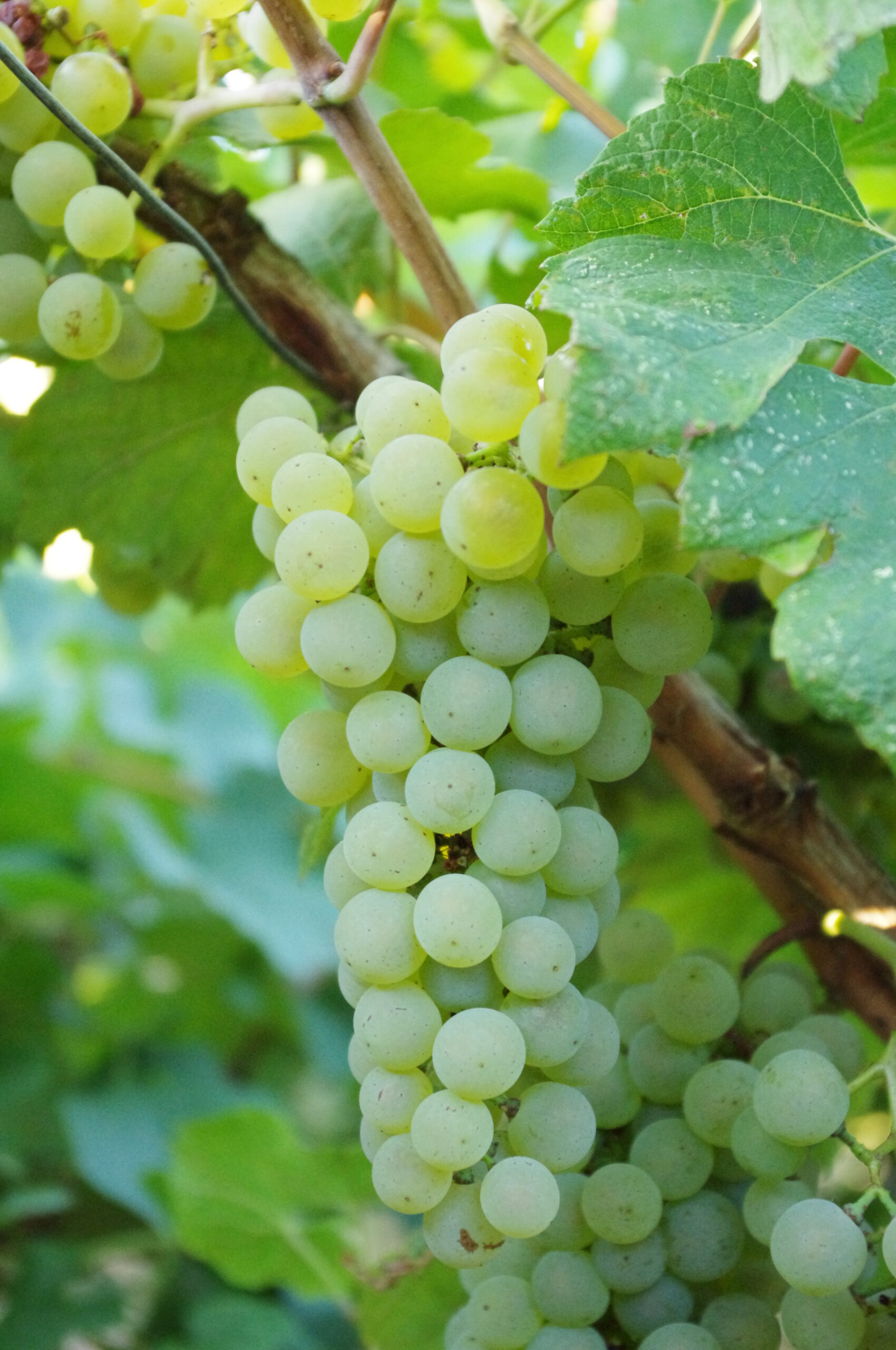READ ALSO: Uber Eats Johannesburg & More
Table of Contents
Chardonnay vs Pinot Grigio/ Pinot Grigio vs Chardonnay/Difference Between Pinot Grigio and Chardonnay/Pinot Grigio vs Chardonay/Pinot Gris vs Chardonnay
The main differences between chardonnay and pinot grigio are:
- Chardonnay comes from green-skinned grapes, while pinot grigio comes from grey-blue grapes.
- Chardonnay is usually a creamy wine with a freshly cut grass aroma, while pinot grigio is usually sour and light.
- Chardonnay is considered a more complex wine, while pinot grigio is a smooth wine.

READ ALSO: What Are Sauvignon Blanc & Pinot Grigio Wines?
Chardonnay and Pinot Grigio are two of the most popular white wine varieties, but they offer distinctly different flavor profiles, characteristics, and uses. Here’s how they compare:
Chardonnay
- Flavor Profile:
- Classic Notes: Apple, pear, citrus, and melon.
- Oaked Chardonnay: Adds vanilla, butter, and toasty flavors from aging in oak barrels.
- Unoaked Chardonnay: Emphasizes fresh, crisp fruit flavors with a more mineral-driven profile.
- Body and Acidity:
- Full-bodied with a creamy texture, especially in oaked versions.
- Medium acidity, which can feel smoother and richer.
- Growing Regions:
- Widely grown in France (especially Burgundy), California, Australia, and South Africa.
- The terroir influences its flavor greatly; cool climates yield crisper, leaner wines, while warm climates produce riper, fuller-bodied wines.
- Food Pairings:
- Pairs well with creamy dishes, seafood, chicken, and richer sauces.
- Complements buttery and savory flavors like those found in lobster or pasta Alfredo.
Difference Between Pinot Grigio Chardonnay and Sauvignon Blanc/Difference Between Chardonnay and Pinot Grigio
Like Chardonnay, Sauvignon Blanc is a white wine with assorted flavors.
When it comes to sauvignon blanc vs pinot grigio, sauvignon blanc is slightly less popular than both chardonnay and pinot grigio, but not due to any fault of its own. It simply didn’t gain international fame until the 1980s.
In fact, some chardonnay and pinot grigio drinkers may be surprised to find they even prefer sauvignon blanc after taking a chance on this crisp, zesty wine.
READ ALSO: Best Incanto Prosecco 1.5 Liter Price 2024 & More
Pinot Grigio vs Sauvignon Blanc/Sauvignon Blanc vs Pinot Gris/Pinot Gris vs Sauvignon Blanc
The key difference between sauvignon blanc and pinot grigio are the aromatics.
Sauvignon Blanc is more aromatic (it jumps out of the glass into your nose more) than pinot grigio.
Pinot grigio is distinct in being quite neutral.
Now that you know the difference between chardonnay vs sauvignon blanc vs pinot grigio, let’s add another wine to the mix: pinot blanc.
READ ALSO: On The Body of White Wine & The Grapes Used to Make It
Pinot Blanc vs Pinot Gris
Pinot Blanc and Pinot Gris are both white wine grape varieties that are believed to have originated in the Burgundy region of France. While they share some similarities, there are also some notable differences between the two.
Pinot Blanc is a white grape variety that is known for its light body, crisp acidity, and fresh fruit flavors.
It is believed to be a mutation of Pinot Noir, which is a red grape variety.
Pinot Blanc is grown in many wine regions around the world, including France, Germany, Italy, and the United States.
One of the key differences between Pinot Blanc and Pinot Gris is the color of the grapes. Pinot Blanc grapes are green in color, while Pinot Gris grapes are a pinkish-grey color. This difference in color also translates to differences in flavor and aroma.